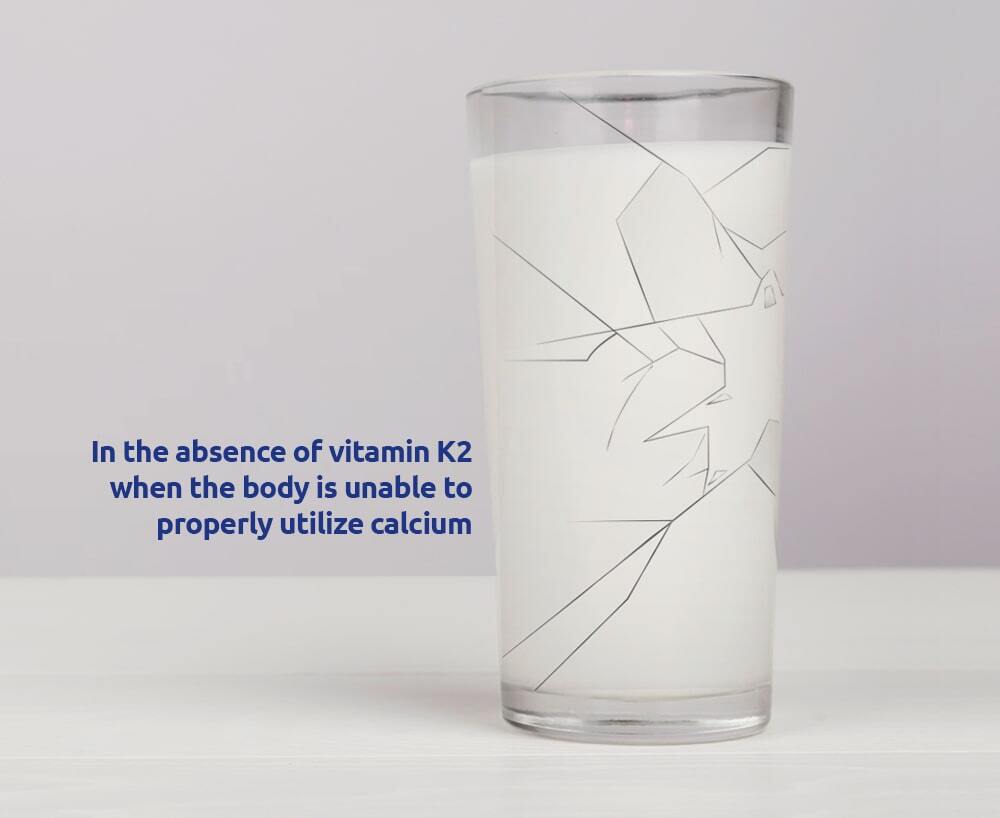Vitality of the joints
Osteoartritis
Although osteoarthritis is more common with older people, recent studies have shown that osteoarthritis begins in people already in the 1940s, especially on joints that carry body weight, such as the hip.
Then there are changes in the bones: the bone thickens at the ends, forming the spikes (osteophytes). These spikes are visible from the outside, it is possible to touch them, preventing the normal function of the joint, causing severe pain. Bone growth often occurs on the joints of the fingers.
In the knee joint, ligaments often stretch and the joint becomes unstable. In contrast, hip osteoarthritis leads to stiffness, the range of movement decreases, and movements are also painful. In the neck and loin parts of the spine, osteoarthritis can cause stiffness, unusual sensations, pain and weakness in the arm or leg.
A large-scale study published in 2013 in a reputable magazine, the American Journal of Medicine, confirmed that nearly 60 percent more risk of osteoarthritis occurred in people who lack vitamin K.
Additionally, the study also showed that in 15 percent of patients who initially did not have any symptoms and lacked vitamin K, there was a development of osteoarthritis after 30 months of study duration. In conclusion, the research group highlighted the potential of vitamin K as a simple and acceptable treatment for osteoarthritis, a condition that is often and seriously lacking an effective therapeutic solution.
When calcium is uncontrollably deposited in the articular cartilage, the development of symptoms of osteoarthritis develops over time. Vitamin K2 plays the role of a “transporter”: it redirects calcium into the bone and prevents its precipitation and adverse effects on the joints. The K2D3 preparation contains the form of vitamin K2 with the highest bioavailability and contributes to proper calcium utilization. Application of K2D3 can prevent and eventually relieve osteoarthritis symptoms and improve joint mobility.



